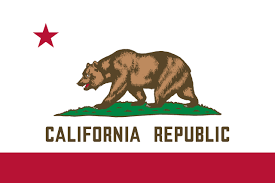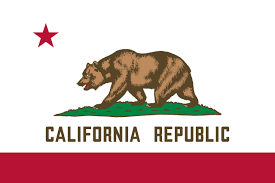CVC 22102: Traffic Control Signals and Signs
California Vehicle Code (CVC) Section 22102 deals with the requirement to obey traffic control signals and signs. This section outlines the responsibilities of drivers when they encounter traffic signals, signs, and road markings on California roadways. Here's an explanation of CVC 22102:
Obedience to Traffic Control Signals and Signs (CVC 22102):
-
General Rule: The primary purpose of CVC 22102 is to establish that drivers must obey the instructions provided by traffic control signals (e.g., traffic lights) and signs (e.g., stop signs, yield signs, speed limit signs) unless directed otherwise by a police officer.
-
Traffic Signals: When approaching an intersection with a functioning traffic signal, drivers must obey the signal's indications:
- Green: Proceed if the way is clear and it is safe to do so.
- Yellow: Stop if it is safe to do so. A yellow light indicates that the signal is about to turn red.
- Red: Stop before entering the intersection and remain stopped until the light turns green (or until allowed to proceed by a green arrow, if applicable). Right turns on red are generally allowed in California unless posted otherwise, provided it is safe to do so.
- Green Arrow: When a green arrow is displayed, drivers are permitted to make a movement in the direction indicated by the arrow, even if it conflicts with other signals.
-
Traffic Signs: Drivers must also obey the instructions provided by regulatory signs, warning signs, and other road markings. Some common examples include:
- Stop Signs: Come to a complete stop at the marked stop line, crosswalk, or before entering the intersection, and yield the right-of-way to vehicles and pedestrians as required.
- Yield Signs: Slow down and be prepared to stop if necessary, yielding the right-of-way to other traffic as indicated by the sign.
- Speed Limit Signs: Adhere to the posted speed limit indicated by the sign.
- One-Way Signs: Follow the direction of travel indicated by the sign.
- No U-Turn Signs: Do not make a U-turn if a sign prohibits it.
-
Police Officer's Directions: If a police officer is present and gives specific directions regarding traffic control, drivers must follow the officer's instructions, even if they contradict traffic signals or signs.
-
Penalties: Violating CVC 22102 by disregarding traffic signals, signs, or the directions of a police officer can result in traffic citations, fines, and potentially other penalties, depending on the nature of the violation.

DontPayTickets.com
Fight Back California Traffic Violations and Tickets

